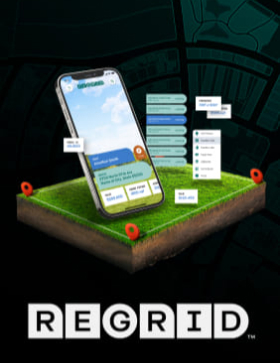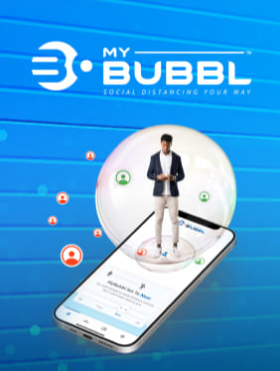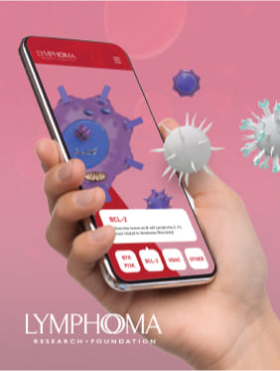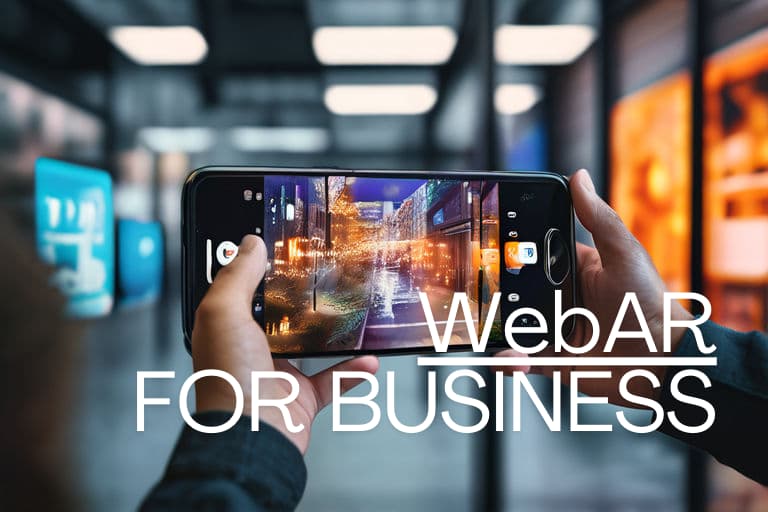
If you hadn’t heard, Gravity Jack recently announced the launch of InvestoBot – a completely AI-powered data room for potential investors. The platform provides a dynamic, conversational interface to engage stakeholders and answer questions about the investment opportunity. It offers all the benefits of a traditional data room without requiring investors to schedule meetings, travel, or carve out valuable time in busy schedules. We believe that this innovative approach to due diligence will indelibly change the investment landscape for the better, so here’s our “How To” guide for replicating our process and enhancing communication and data management for your stakeholders.
THE CONCEPT
InvestoBot was created to facilitate meaningful interactions for investors interested in Gravity Jack and our latest project, WarTribe of Binyamin. Unlike virtual data rooms (VDRs) that act as a static repository of information, InvestoBot uses AI to deliver a humanlike conversational experience, delivering intelligent and natural responses to a wide array of investor inquiries. You can ask it questions like: “Who are the largest shareholders on your cap table?, Who is on your board? What motivated the founders to start the company? What are gross revenues projected to be Year 5?, etc.”
THE PROCESS
We started the process for InvestoBot by making a ChatGPT AI assistant using OpenAI’s assistant API platform. After training the AI we developed and designed a custom frontend for investors to engage with InvestoBot in an intuitive and branded environment.
STEP 1: ESTABLISHING IDENTITY
To make InvestoBot truly representative of Gravity Jack, we began by embedding the company’s ethos into the AI. This involved training the chatbot with extensive documentation on our company history, voice, and style. We focused on ensuring that InvestoBot produced valuable responses that sounded like Gravity Jack’s founders were behind the screen. This required dedicated time spent tweaking its language and curtailing the AI’s natural verbosity to keep the chat feeling conversational rather than like an FAQ section on a website.
STEP 2: TRAINING ON TARGETED CONTENT
Initially, we provided the AI assistant with massive amounts of data and documentation on Gravity Jack, everything from our books and portfolio to our email marketing and blogs. This initial broad-spectrum data approach proved too general, leading to unhelpful and disorganized outputs.
We pivoted by researching and identifying the top 50 questions investors frequently ask, then created a master document that topically categorized these queries and their detailed answers (marketing, team, financial, etc) to train the AI on providing precise answers that cross reference relevant information. We made sure that each question in the document was rephrased multiple times to account for different investors asking questions in different ways, and while it may seem like this was overkill and the AI should be able to interpret different conversational nuances, this extra step proved very valuable in the long run.
After training InvestoBot to produce responses based solely on the master document, we added back all the data that we initially dumped into the AI as supplemental documentation. That way, the AI could provide concise and relevant responses to investor queries while still occasionally referencing supplemental documentation if necessary or appropriate.
STEP 3: ENHANCING CONVERSATIONAL ABILITIES
After establishing identity and training the AI on necessary information, we moved toward fine tuning InvestoBot and enhancing its interactivity. We programmed the chatbot to ask follow-up questions to foster deeper engagement, ensure satisfactory responses, and mimic human dialogue. This step also involved steering the AI away from unhelpful responses like “I don’t know” or “that data is not available” and instead offering proactive alternatives and directing queries to specific contacts when needed.
THE TECH STACH
After successfully training and polishing InvestoBot, we moved to developing a frontend user interface for investors to comfortably engage with the system. InvestoBot is underpinned by a robust technical architecture:
Front End: Developed with Angular, this interface facilitates user interaction, presenting information clearly and efficiently.
API: Our .NET Core API orchestrates the processing of queries and communication between the front end and database.
Database: An MS SQL database securely stores all necessary data, ensuring quick and reliable data retrieval.
GOTCHAS & SOLUTIONS
Outside of typical development challenges, our team experiences several main obstacles while creating a frontend for InvestoBot:
Response Duplication: Initially, OpenAI’s API system would send duplicate responses to questions. We ended up creating our own custom software to prevent this from happening.
Formatting Challenges: Some of the responses were coming back in code, which is obviously not digestible or helpful for potential stakeholders. We developed a syntax controller that translates markdown into a rich text experience to ensure that responses were legible and natural.
CONCLUSION
While the development process was naturally full of troubleshooting and problem solving, InvestoBot has already proven to be an incredibly valuable tool for our shareholders and interested investors. The team here at Gravity Jack believes that this cutting edge development offers a unique solution to many of the challenges in the investment landscape, and provides businesses seeking funding an innovative way to reach more stakeholders without depreciating relational value. Creating an AI-powered deal room requires a blend of technical skill, strategic content planning, and a deep understanding of the target audience, but produces tremendously worthwhile results. By following these guidelines and remaining aware of potential pitfalls, businesses can develop effective investment chatbots that transform stakeholder interactions, providing not just answers but engaging and meaningful dialogues.








